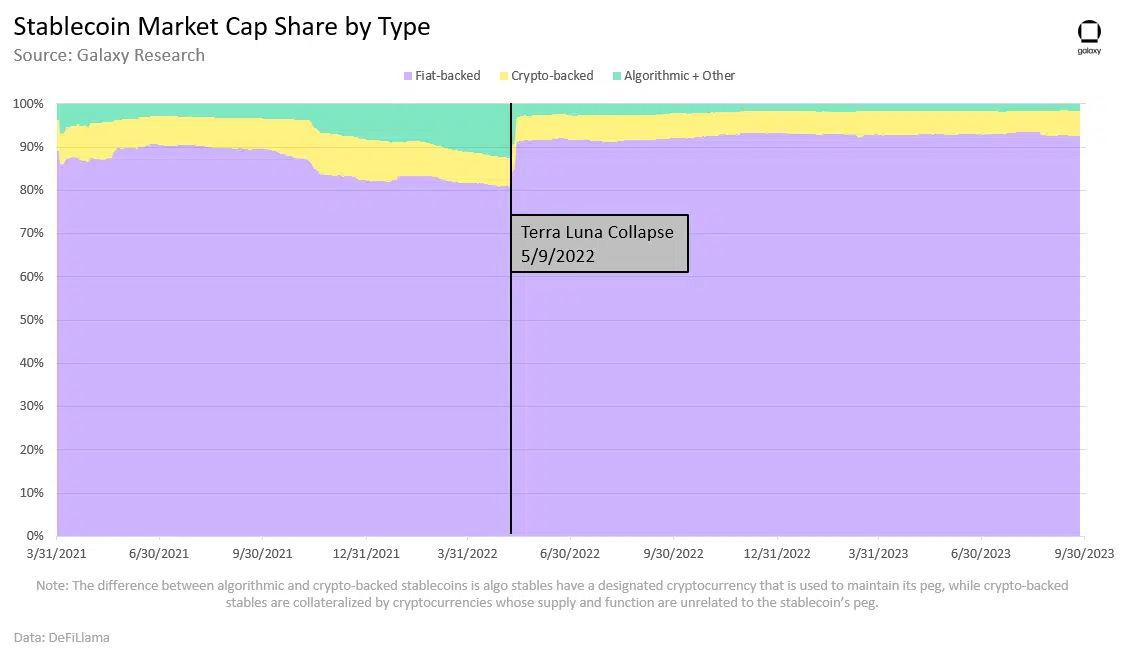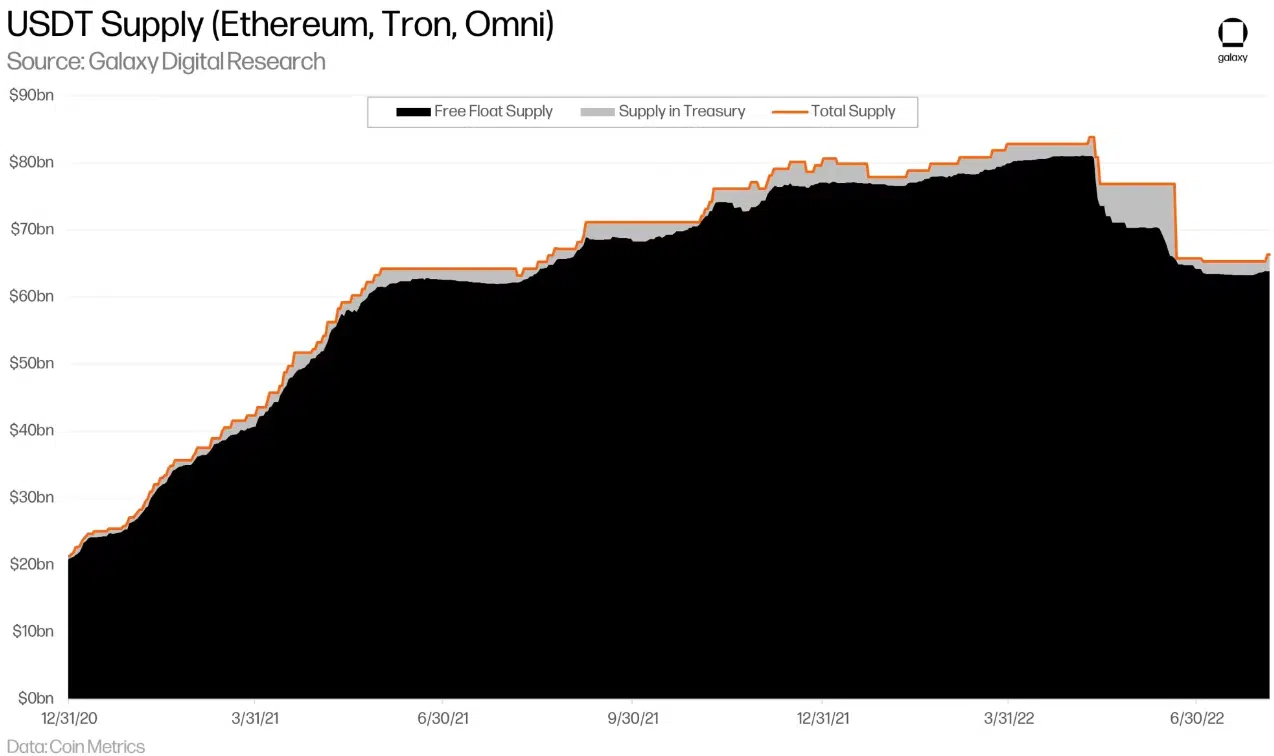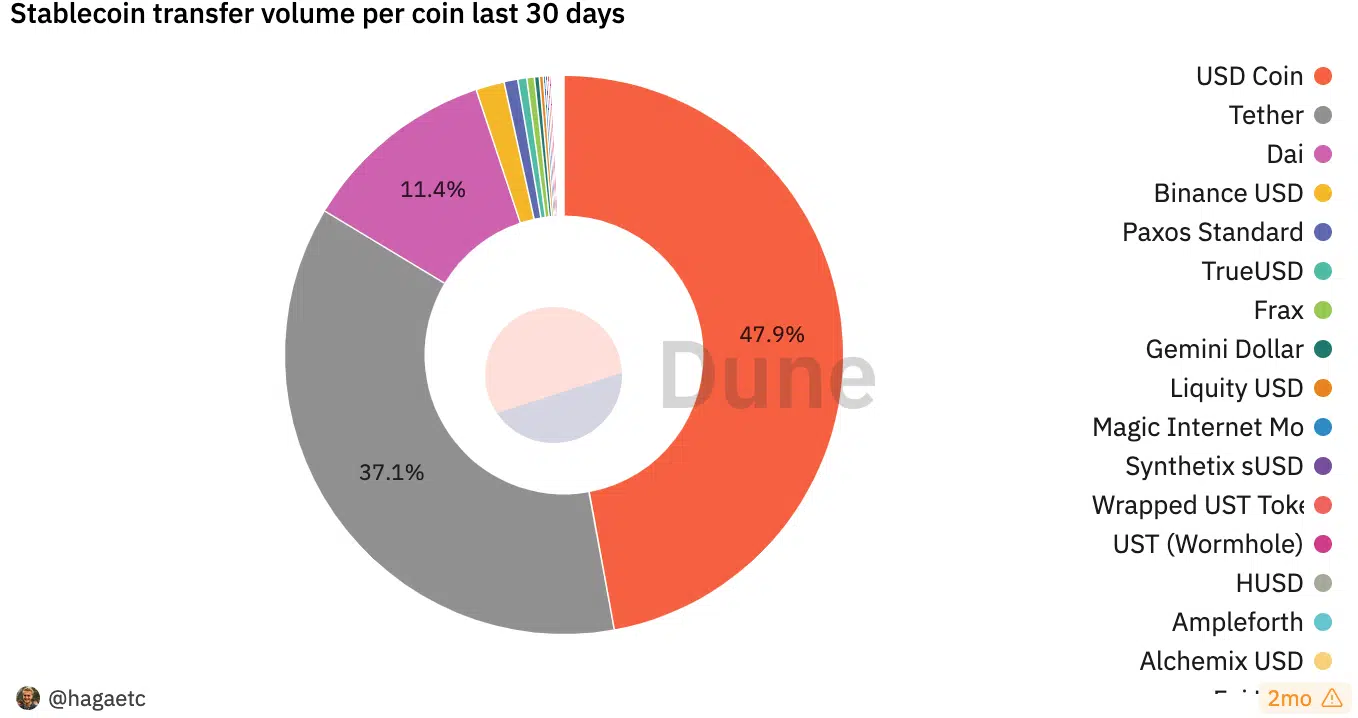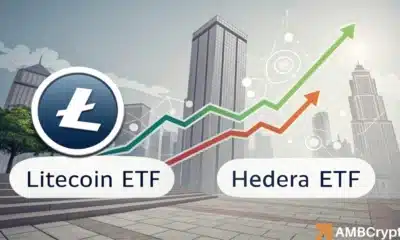What USDT’s rising dominance means for the stablecoin sector

- USDT’s trading volume surged to 77% on Binance, marking its highest level since April 2022.
- Factors such as the fall of UST and growth of fiat-backed stablecoins contributed to USDT’s prominence.
The stablecoin sector, once characterized by fierce competition, was witnessing the overwhelming dominance of a single stablecoin— Tether [USDT].
USDT continues to capture market share
In recent times, USDT saw an unprecedented surge in interest. According to data from Kaiko, last week, the share of USDT trade volume on Binance [BNB] reached a staggering 77%, marking its highest level since April 2022.
This dramatic shift followed Binance’s reintroduction of taker fees for its TrueUSD [TUSD] trading pairs, causing a sharp decline in the stablecoin’s trade volume.
However, USDT’s supremacy did not materialize overnight. Several factors have contributed to its current dominance in the stablecoin sector.
One pivotal factor in USDT’s ascent to dominance was the fall of Terra USD [UST].
Notably, Galaxy Research’s data indicated that since the collapse of $UST in mid-2022, the share of stablecoin market capitalization held by algorithmic stablecoins has plummeted from 12.56% ($23.5 billion) at its peak to a mere 1.5% ($1.9 billion) at the time of writing.
The growing prominence of fiat-backed stablecoins played a substantial role in bolstering USDT’s position. Today, USDT primarily serves as an on- and off-ramp and is frequently used in trading pairs for cryptocurrency transactions across various exchanges.
An “on-ramp” refers to the process of converting traditional currency (like USD) into cryptocurrency, allowing users to enter the crypto space. Conversely, an “off-ramp” facilitates the conversion of cryptocurrency back into traditional currency, enabling users to exit the crypto space.
At press time, the stablecoin ranked third among all cryptocurrencies, trailing behind only Bitcoin [BTC] and Ethereum [ETH], boasting a market capitalization exceeding $70 billion. It is accessible on 12 blockchains, including Tron, Solana, Avalanche, and others.
Major player on the Tron network
Among these networks, USDT’s presence on the Tron [TRX] blockchain was particularly noteworthy. Although Tron is not renowned for its settlement assurances and is often deemed less secure, USDT, being a centralized asset, remained minimally affected by Tron’s limitations.
Consequently, it effectively leveraged Tron’s network with its swift block times and lower fees, thanks to reduced network congestion compared to Bitcoin or Ethereum.
USDT serves diverse purposes, such as facilitating entry into the crypto realm, acting as a quote currency for spot and derivatives trading, enabling cross-exchange arbitrage, and facilitating international dollar-denominated transfers.
At the time of writing, USDT boasts the highest market capitalization among stablecoins, surpassing competitors like USD Coin [USDC], Binance USD [BUSD], and DAI.
Tether’s primary reserves comprise US Treasury bonds, and as demand for USDT continues to rise, it has emerged as a major buyer of these bonds.
According to Tether‘s most recent attestation by BDO, it holds over $72.5 billion in US Treasuries directly, indirectly, or as collateral for reverse repos. Remarkably, this figure surpassed the reserves held by entire countries like Mexico, Spain, and the UAE.
Tether’s unique ability to facilitate the conversion of dollar demand into treasuries positions it as a crucial player in satisfying global demand for dollars.
USDC continues to fight
However, despite its expanding market cap, USDT has not managed to dominate the market in terms of overall transaction volume. According to data from Dune Analytics, USDC accounted for 47.9% of all transaction volume on all networks.
This suggested that despite its waning market share in recent months, USDC still maintained a significant presence at press time.
The decline in USDC’s market cap can be attributed in part to the collapse of Silicon Valley Bank (SVB), which held some of Circle’s reserves, the issuer of USDC. This event generated substantial fear, uncertainty, and doubt (FUD) around the stablecoin.
Despite demonstrating resilience in the face of SVB’s collapse, USDC continued to lose market cap over the past few months. Furthermore, its network growth waned, indicating a declining interest in new addresses in the stablecoin.
However, the number of USDC holders continued to rise materially during this period.











